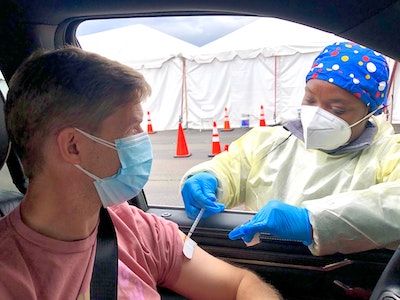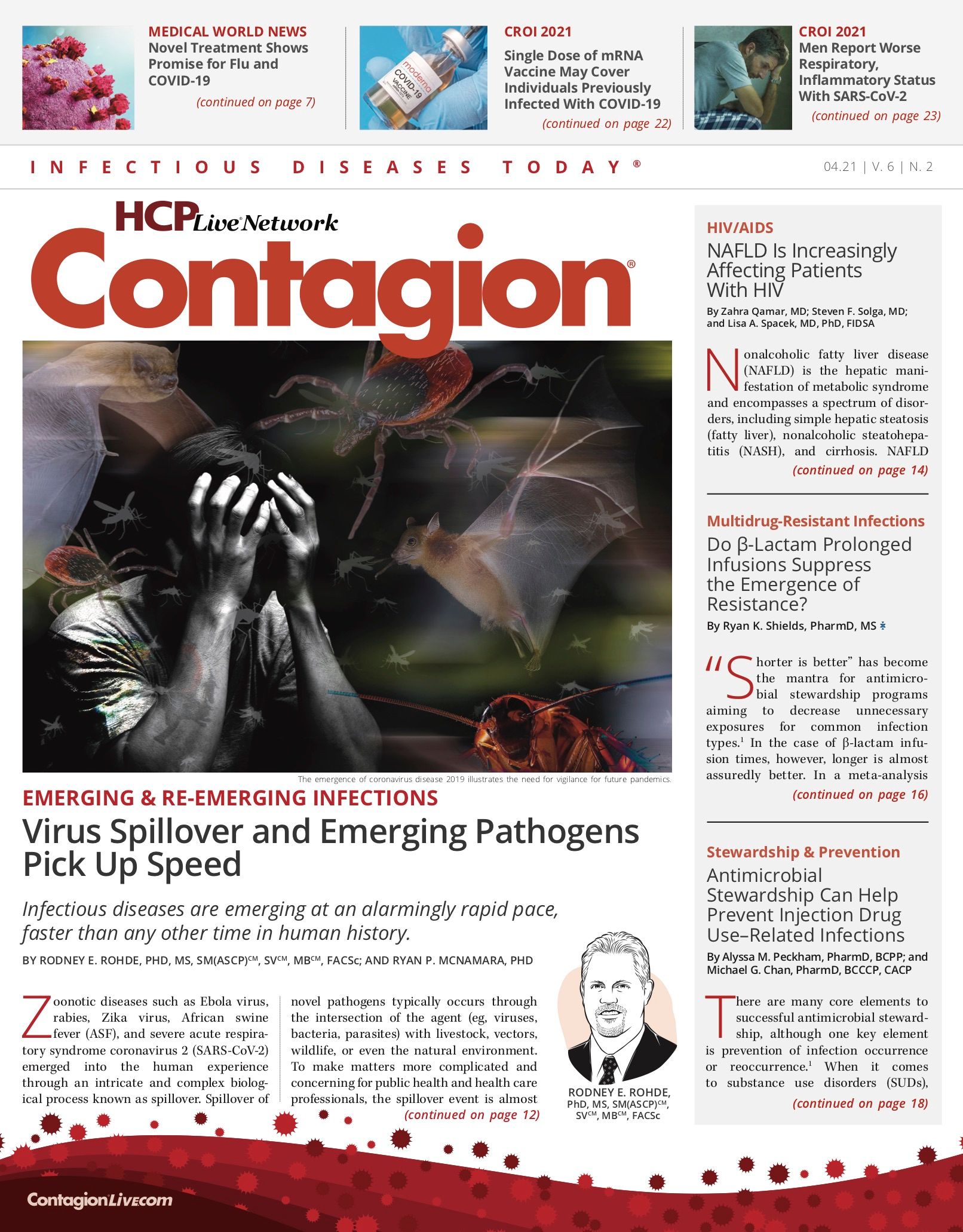Let’s Say It Out Loud: Being Vaccinated Has Benefits
Our editor-in-chief writes on the role caregivers play in informing the public on the perks of a more vaccinated population.

As exhausting as the pandemic has been, hope is amassing in the form of vaccinations. Millions of coronavirus disease 2019 (COVID-19) vaccine doses, as once promised, were not immediately available upon US Food and Drug Administration authorization, but much has improved since then. Manufacturing capacity has increased, distribution has improved, and vaccination infrastructure has scaled.
The (conservative) goal of achieving 100 million vaccinations in 100 days of the Biden administration was achieved quickly, and as of this writing, the US has vaccinated over 3 million people daily the past few days.
The rapid pace of vaccination has not yet been matched by decreases in infection rates. In fact, as I write this, the US is in danger of a fourth surge. Cases in regions including New York City, New Jersey, and Michigan have been increasing. Variants are spreading as well, and experts have been particularly concerned about the more contagious B.1.1.7 variant that led a surge in cases in the United Kingdom.
Concurrently, governors in some states have been loosening restrictions on public health measures including mask wearing and limits on indoor dining, gym capacity, movie theaters, and others. This reaction to the rapid decline of cases in late winter has created a concerning overlap with rapid variant increases and pandemic fatigue.
We find ourselves at the odd juxtaposition of hope and despair. Even with the concerning trends occurring, I think it is time to buttress the positive and be straightforward with people about what being vaccinated enables them to do.
Messages in the media of potential decreased effectiveness of vaccines against some variants have a negative impact on the perception of vaccine utility. I have only anecdotal experience to support this, but I hear both vaccine advocates and skeptics saying that they probably will not work anyway, whether they are on the side that wants to receive it or not. The message that vaccines are effective against the majority of variant strains, including the B.1.1.7 strain set to take over in the US, is being lost.
How can we improve this? Let’s tell people the truth about how vaccination can change their daily lives. We can do this starting with the most low-risk situations and work our way through others, allowing people to make their own decisions based on their risk tolerance. People who are vaccinated can safely mingle indoors and unmasked with other vaccinated people. Indoor dining and gym attendance are much safer for vaccinated people. Really, any event is safer for the vast majority of vaccinated people, and we should be honest about that.
Gray areas are coming into better focus, and I believe we should tell the public what we are learning and allow people to make assessments independently. Several studies have shown lower rates of asymptomatic infection in vaccinated individuals and populations, implying that they are unlikely to infect others. It seems that many public health officials are afraid that telling people this will discourage mask use and distancing, but I believe that people have the bandwidth to process that mask mandates are necessary since there is no way of knowing who is vaccinated and who is not.
Of course, some vaccinated people will develop COVID-19, and that fact needs to be broadcast as well. Instead of a series of black-and-white, this-or-that scenarios, the model of degrees of risk and protection that public health authorities espouse needs reinforcement.
The Centers for Disease Control and Prevention took a step forward in March with updated guidance for what vaccinated people can do safely. It is important that this continues to be updated as new evidence emerges and not stay too conservative. Let’s tell people the truth about what vaccination represents. It is not just the path toward a safer society, it is the way to individual normalcy.

